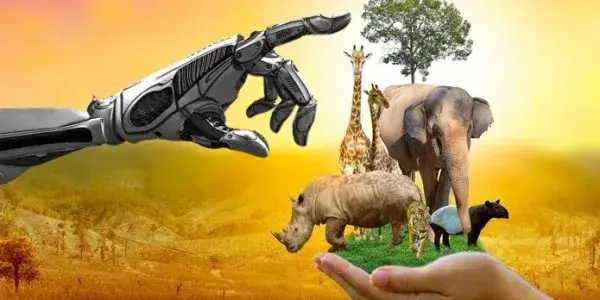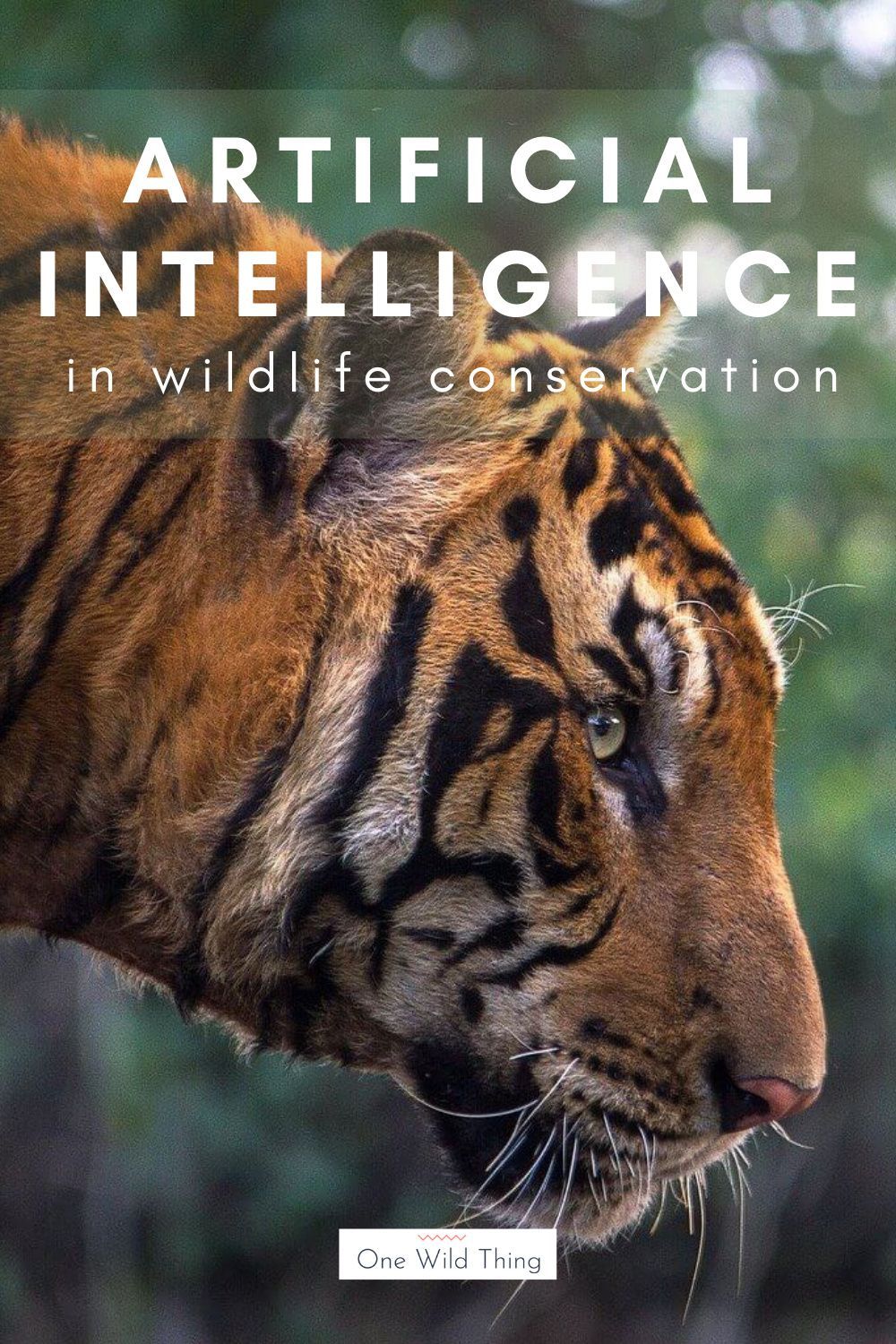AI For Wildlife Conservation: A Technological Ally

Executive Summary

In today’s world, the survival of our planet’s invaluable wildlife is facing unprecedented threats. However, there is a beacon of hope amidst these challenges: artificial intelligence (AI). This article delves into the remarkable impact that AI can have on wildlife conservation, showcasing its potential to revolutionize the way we monitor, analyze, and protect our natural heritage.

Introduction
One of the most pressing challenges confronting wildlife conservation is the lack of adequate monitoring and actionable data. Conventional methods often rely on human observation, which is prone to limitations in coverage and accuracy. AI offers a transformational solution to these challenges, providing advanced tools and techniques that enable us to gain a deeper understanding of wildlife populations, behaviors, and habitats.
AI Strategies for Wildlife Conservation
1. Real-time Wildlife Monitoring:
- Image Recognition: AI-powered cameras equipped with image recognition capabilities can continuously monitor areas for wildlife activity, identifying species and behaviors in real-time.
- Sensor Technology: Various sensors can be deployed to detect animal movements, sounds, and other activity indicators. AI helps interpret this data, aiding in the creation of comprehensive wildlife population maps.
- Satellite Imagery: AI algorithms analyze satellite images to track habitat changes, identify deforestation, and detect potential areas of encroachment.
2. Habitat Analysis and Suitability Assessment:
- Predictive Analytics: AI models predict future habitat suitability considering climate change, human activity, and other factors, guiding efficient conservation efforts.
- Landscape Connectivity Analysis: AI assists in examining connectivity between habitat fragments, facilitating the design of corridors to promote gene flow.
- Remote Sensing: Satellite imagery and drone footage, processed using AI, help identify areas that serve as important stopover points for migratory species.
3. Anti-Poaching Initiatives:
- Real-time Alert Systems: AI algorithms sift through sensor data and camera footage to detect suspicious activities, alerting rangers promptly to potential poaching incidences.
- Wildlife Tracking: AI-enabled GPS tracking devices, attached to endangered species, provide real-time location information, supporting anti-poaching operations.
- Demand Reduction: AI-based campaigns raise awareness about wildlife trafficking, targeting potential buyers and reducing demand for illegal wildlife products.
4. AI-Assisted Research and Conservation Planning:
- Conservation Modeling: AI assists in building complex predictive models to evaluate the effectiveness of conservation strategies, optimizing the allocation of resources.
- Predicting Species Interactions: AI models analyze ecological relationships to predict species interactions and potential impacts on biodiversity.
- Species Distribution Modeling: AI helps analyze environmental data to create species distribution models, predicting areas of high biodiversity for protection.
5. Engaging the Public and Leveraging Citizen Science:
- Citizen Science Apps: User-friendly apps encourage citizen participation in wildlife observation and data collection, contributing to comprehensive conservation databases.
- Interactive Platforms: Online platforms provide visual representations of wildlife population data for easy understanding and public engagement.
- Educational Campaigns: AI-driven personalized educational campaigns raise public awareness about the significance of wildlife conservation.
Conclusion
The fusion of AI with wildlife conservation offers a transformative approach to protecting our planet’s precious biodiversity. By integrating AI technologies, we gain invaluable tools to monitor wildlife populations and habitats more effectively, combat poaching, inform conservation planning, and engage the public in conservation efforts. As technology advances, we can look forward to even more sophisticated AI solutions that further enhance our ability to protect and preserve our natural heritage for generations to come.
Keyword Phrase Tags:
- AI in Wildlife Conservation
- Real-time Wildlife Monitoring
- Anti-Poaching Technology
- AI-Powered Research
- Engaged Citizen Conservation

I’m amazed by the potential of AI in wildlife conservation! It’s so important that we use technology to protect our planet and its inhabitants. This article is a great overview of the topic, and I’m excited to see what the future holds for this field.
I’m not sure I believe that AI is all it’s cracked up to be. Sure, it might be able to do some cool things, but I don’t think it’s going to be the savior of wildlife.
This article provides a comprehensive overview of the use of AI in wildlife conservation. It discusses the different ways that AI can be used to track animals, monitor their populations, and protect their habitats. The article also highlights the challenges that need to be overcome in order to fully realize the potential of AI in this field.
I disagree with the author’s claim that AI is the most important tool for wildlife conservation. I believe that traditional methods, such as habitat protection and species management, are still more effective.
So, we’re going to use AI to save the animals that we’re destroying with our own activities? That’s like using a Band-Aid to fix a broken bone.
Oh, goody! Another article about how AI is going to solve all of our problems. I can’t wait to see how this one turns out.
I can’t help but wonder if the animals are going to start using AI to outsmart us. Maybe they’ll develop their own AI-powered weapons to fight back against our encroachment on their habitats.
I’m so glad to see that people are starting to realize the potential of AI for wildlife conservation. I believe that this technology has the power to make a real difference in the fight to protect our planet’s biodiversity.
I think it’s important to be realistic about the potential of AI for wildlife conservation. While it’s certainly a promising tool, it’s not a magic bullet. We need to continue to support traditional conservation methods as well.
I’m cautiously optimistic about the use of AI in wildlife conservation. I think it has the potential to be a valuable tool, but we need to be careful not to rely on it too heavily.
I’m so passionate about wildlife conservation, and I’m thrilled to see that AI is being used to help protect our planet’s amazing creatures. This article is a great inspiration, and I can’t wait to see what the future holds for this field.
This article raises some important questions about the use of AI in wildlife conservation. I think it’s important to consider the ethical implications of using this technology, and to make sure that we’re using it in a way that benefits both animals and humans.